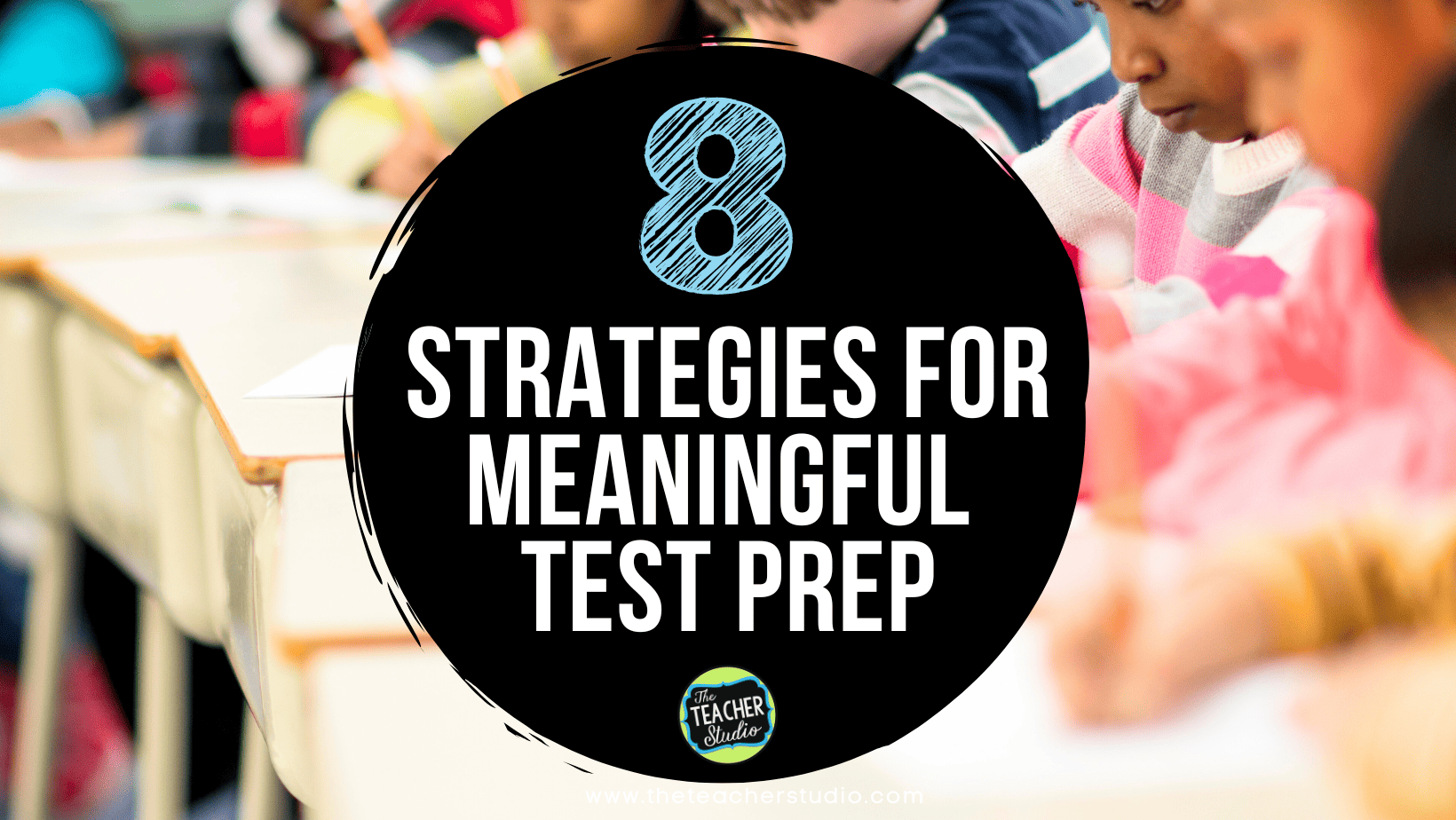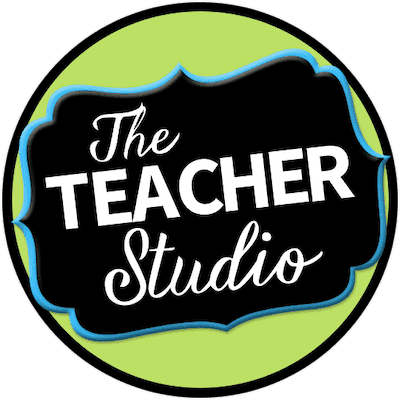Well, here we are…our final day of the summer math challenge! I hope you have enjoyed the series and have made some plans to try some new things this year! Is “math workshop” a buzzword in your school? Read on and see my thoughts on the topic!
Today’s final challenge involves asking you to do some reflecting on how you actually organize your math instruction. I am constantly getting teachers asking me what my math block “looks like”–and it’s just not that easy of a question to answer! Mine looks different every day…because the math looks different every day.
There has been a lot of push to do “math workshop” or math “centers” in recent years. Sadly, this has resulted in some unfortunate results. I’m going to redefine some things the way I like to keep them in my mind…and I hope some of what I have to say resonates with you.
Here goes.
In my mind, I like to think of math workshop as being “ways to give as many students as possible JUST RIGHT instruction for as many minutes per day as possible”. Does that work for you?
If so, then we have to be mindful of how we do that. right? Some of our best intentions often go south, so today I’m going to share with you 5 ways that you can plan your instruction to try to get students in that “math zone” as often as possible. You will notice–each strategy has pros and cons. We need to make professional decisions based on the math content, our students’ knowledge, and countless other factors. Let’s see what you think.
By the way…if you want a freebie that has all the images from this post to help you with your own planning, here you go!
Whole Class Math Instruction
First of all, I want to give the disclaimer that “whole class” instruction is NOT the whole class instruction I had growing up! There are no podiums or lectures involved! Instead, students are given some meaningful instruction and then are immersed in a task or set of problems/activities. The teacher then circulates and coaches. Students may be working alone, in pairs, or some other collaborative combination. In order to be successful, the task has to be within reach of all students or small groups–whether that be through the instruction, differentiation, tools (like calculators), or through intervention on the teacher’s part.
This can also be an extremely effective strategy when presenting content that is new for all students. This could be a new concept that students need to be immersed in as an introductory lesson or meant to trigger discussion. A perfect example of an activity that is perfect whole class instruction is my math concept sorts. My goal as a teacher is that I WANT to be the observer and coach so I can see what my students know and what misconceptions they have.
Splitting the Class in Half
There are times when trying to keep the attention of 24 students is simply impossible. Splitting the class in half and teaching the lesson twice might be just the ticket! The beauty of this is the flexibility. You can teach the exact same lesson twice and just have a smaller, more focused group OR you can teach the lesson at two different levels so students are challenged at just the right level and just the right pace.
Remember, when doing two groups, there is no rule that says each “half” needs to get the same amount of time. I frequently teach the lesson to my more capable learners in about half the time I spend with the other group. You can also bring out different tools or scaffolds for the group who needs it–so a win/win for all. Be mindful of what you have the students who are NOT with you do. We don’t want to fill their time with busywork or off-level work. It’s a perfect time for collaborative problem solving, computation fluency work, or other “just right” practice.
Math Centers and Stations
Well, here we go. “Centers”. “Stations”. “Math workshop”. This instructional strategy involves grouping students (either by ability or not) to rotate through a number of different activities–one with instruction from the teacher. Ideally, this instruction is tailored to the needs of the small group–or there really is no value in the rotations, right?
Here’s the deal. Whether we set up 3, 4, or 5 stations, the simple truth is that students are under direct supervision of the teacher for only a small percentage of the math block. That means students need to be doing MEANINGFUL, on-task work for a large percentage of their math class. This requires a great deal of planning. We know we have many, many different ability levels in our classes, and creating meaningful “just right” centers for all of them is a challenge, indeed.
So if we can create meaningful work at these stations, we also must ensure that student behavior creates an atmosphere conducive to quality work. Since students are only getting direct instruction for one rotation, the teacher must be completely free of managing those other groups. This takes a great deal of time up front to make sure the groups function well, know expectations, and can manage them without teacher assistance. When they work well–this can be a great way for teachers to really tailor instruction. That being said, we must be mindful that students aren’t wasting 75% of their math time doing centers that aren’t “just right” or where behavior interferes with productivity.
Math Minilessons and Focus Groups
This organizational strategy is a nice combination strategy. It allows the teacher to teach a focused minilesson to the class and then tailor the instruction AFTER that to different groups of students. Here’s an example…let’s say I wanted to explicitly teach the strategy “draw a picture”. I could do some modeling with the entire class…show my thinking…maybe even have students work in partners to try a similar problem.
After that, I could pull small groups to work on that very skill–but at different levels. Again, like with the “half and half” strategy…there is no rule that says that these focus groups need to be equal lengths of time. For some of my better problem solvers, I might start with a challenge problem to watch them work, listen to strategies, coach on organization and precision issues, and then send them off to try some more on their own or in partners.
For a group of students needing more, there are options. I could use much simpler problems, walk through them more slowly, model in different ways, or keep the students much longer for extra practice and coaching. Like with all the other structures, we just need to make sure the students NOT with us are doing meaningful, independent work!
Math Menus and Checklists
When the instruction you really need to do is one on one or small group work…using a menu or checklist can be an amazing strategy to really free you up for an entire math block. I especially like to use this toward the end of a unit when students are working toward fluency with the different skills. We maybe even have some longer-term projects underway like Project Based Learning Thinker Tasks which can be a meaningful way to spend some work time. Sometimes I’ll even have the students working on some of my alternative assessment options to keep them really doing meaningful work. I can then circulate and coach…pull intervention groups…reteach…or whatever else I need to do to make sure all my students are getting what they need.
So….that’s it!
Have you missed the other posts in this series?
Click HERE for Challenge 2 (math talk and mindset)
Or HERE for Challenge 3 (word problems and problem solving)
Click HERE for Challenge 4 (math organization)
Or HERE for Challenge 5 (math assessment)
Click HERE for Challenge 6 (meaningful problem solving)






